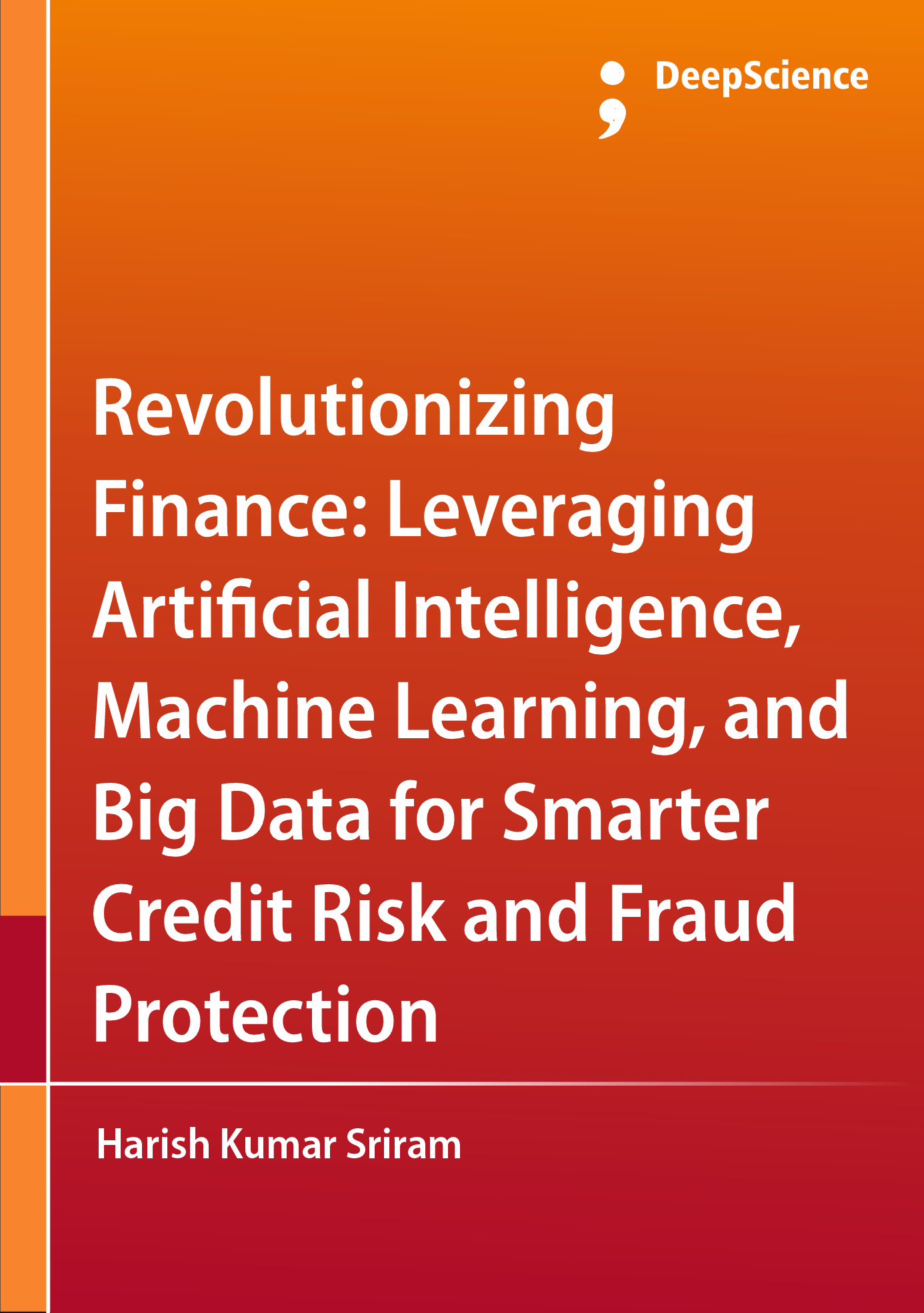Unpacking artificial intelligence: A catalyst for financial innovation
Synopsis
We are experiencing a new era in the global financial industry. Rapid advances in machine intelligence and its application in data analytics, robotics, and virtual assistants have the potential to disrupt traditional financial services with significant benefits to the consumer. Artificial intelligence is becoming an essential tool to transform the industry into a faster, more efficient, more personalized, and more cost-effective space. Financial institutions such as banks are therefore using data-driven insights to connect better with their customers, improve their risk management capabilities, and drive profitable growth, among other overarching strategic objectives. The wider benefits are to society as a whole: a competitive, market-driven, and intelligent financial system is a fundamental contributor to well-being and growth.
The use of AI in finance will rely on three critical assumptions. The first is a radical paradigm shift in our preconceptions about how AI applications are developed and applied in the financial field. Although useful predictive models can be developed using existing frameworks, the scale and scope of financial markets require a different type of AI: a mix of techniques to handle unstructured data, advanced pattern recognition, and adaptive machine learning while working with very limited labeled training data. These techniques will also need to be both interpretable, to promote effective human oversight, and explainable, to generate consumer trust. Such AI will also have to manage a complex regulatory and compliance environment currently designed for human interpretation. These technologies will also have to deal with the inherent creativity and complexity of human decision-making, which remains essential for driving human enterprise.
However, there is a knowledge gap between financial institutions and the developers of AI platforms as to what can be achieved and how this can be made possible. What should financial institutions take from existing intelligent applications and how can these applications be concentrated? We provide answers to these questions and propose a set of use case principles. We also recommend a strategic framework for financial institutions that wish to develop their AI intelligence. Second, AI will rely on an environment that is technology-centered and flexible. At present, the financial industry faces major challenges in acquiring and retaining technology talent. AI will also rely on higher access to data and a modern data platform that can handle complex business rules and processes, without being negatively affected by the fact that it reflects customer behavior. In order to be robust, financial institutions will need access to better processes, tools, and leaders who manage change and innovate. Lastly, AI applications will require the cooperation of forces both within and outside the financial industry. Financial institutions cannot truly exploit AI’s potential without knowledge-sharing and talent acquisition fostering an open innovation environment. In addition, the decentralization of AI benefits will change the face of financial services, requiring work with different types of expertise as new types of companies emerge. As a result, the long-term success of AI applications will depend on innovation ecosystems.













